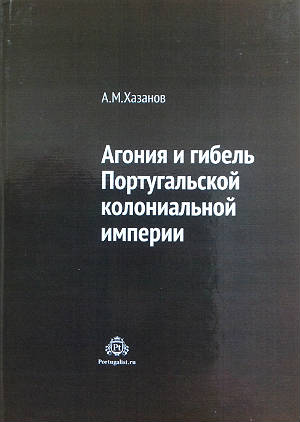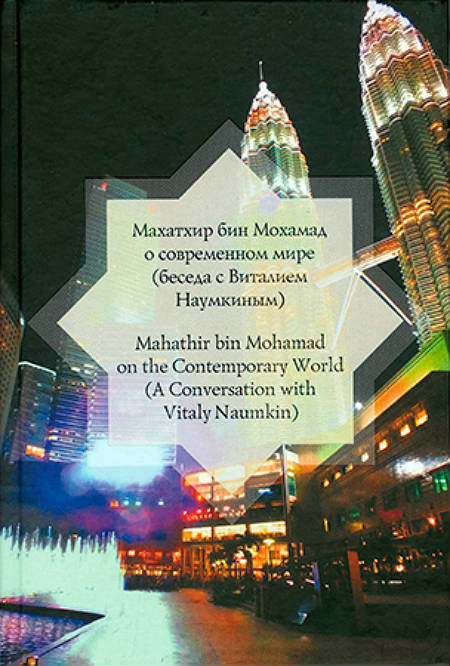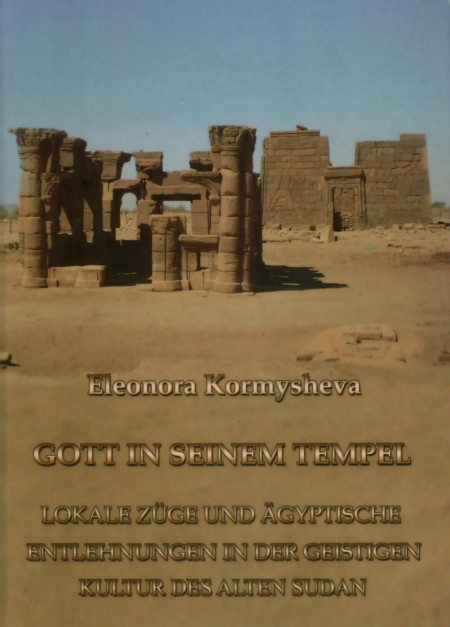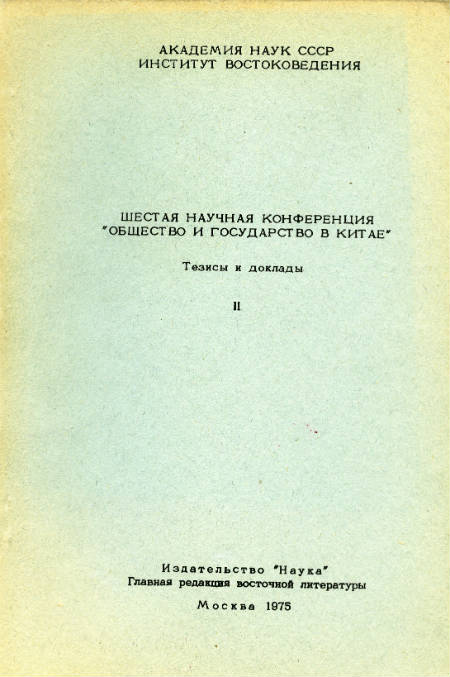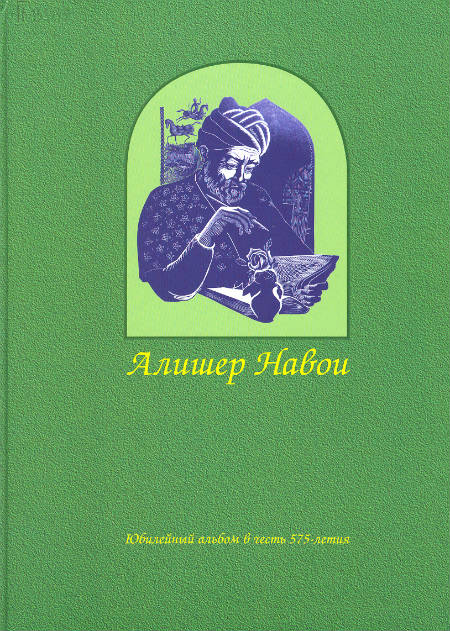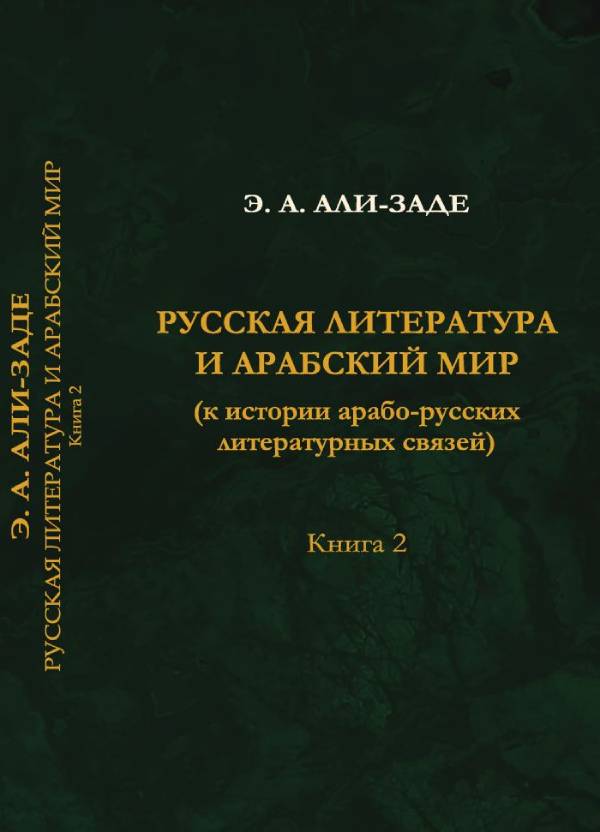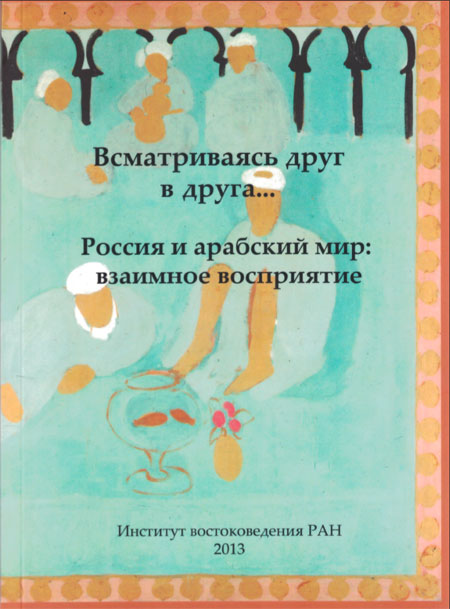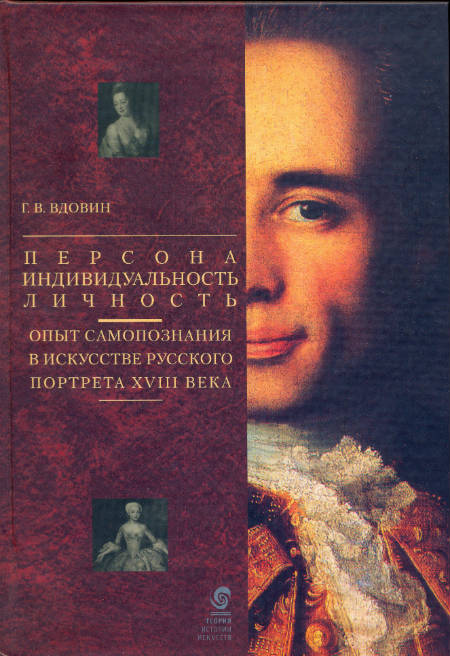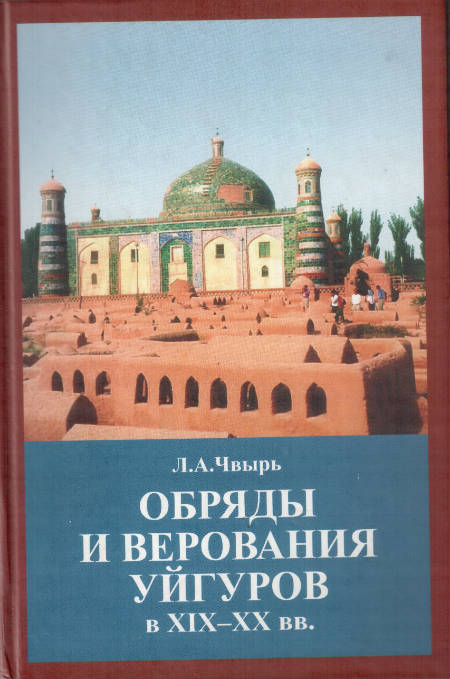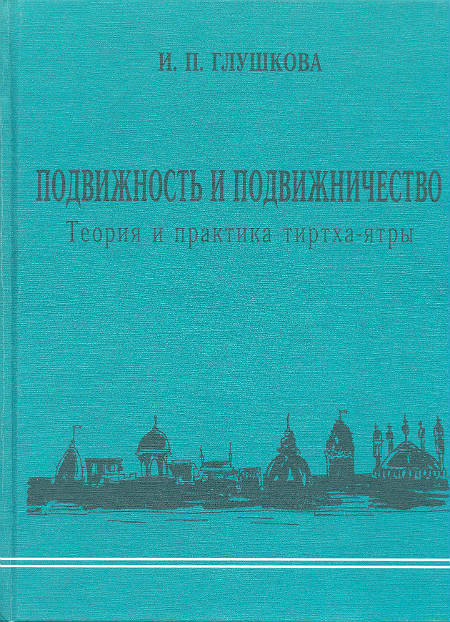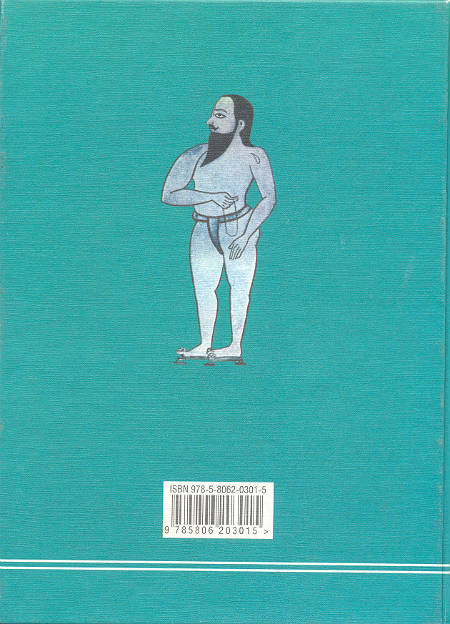Book
Mobility and Endeavour. Theory and Practice of Tirtha-Yatra
Москва, 2008, 512 p.
The monograph considers ten centuries of Indian history (10th–20th cent.) through the movement towards sacred places of Hinduism (tirtha-yatra) with ritual, economic and/or military-political purposes. Pilgrimage is reconstructed as a special ideological institution and method used in tactic and strategy of appropriation of public space and creation of “sanctified” statehood. The fight of Marathi ethnos for domination over the rest of India waged by the princes-warriors, brahmen-legislators, first ministers and state widows also involved mediaeval bhakti poets. And the apparent chaos, accompanying the redistribution of power against the background of Mogul Empire disintegration, revealed clear trend in regional state policy – to legitimate its authority through the possession of common Indian sacred places. The research is based on Marathi sources never before studied by Russian scientists, such as: archival correspondence, financial documents, religious lyric, pilgrims’ narrations, historical chronicles, and temple booklets. They tell about a real pilgrims’ practice in contrast to “imaginary” theoretic patterns of ancient Indian epos and mediaeval treatises.
РУССКАЯ ВЕРСИЯ: Подвижность и подвижничество. Теория и практика тиртха-ятры

